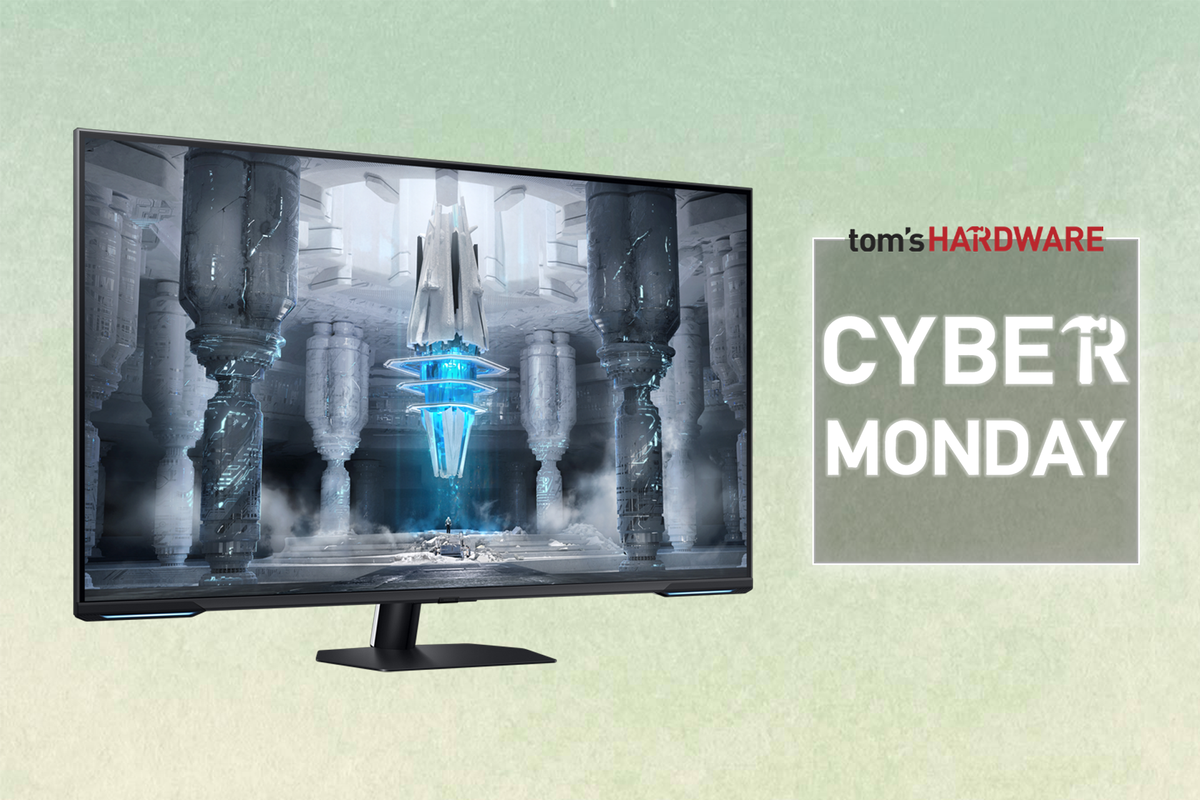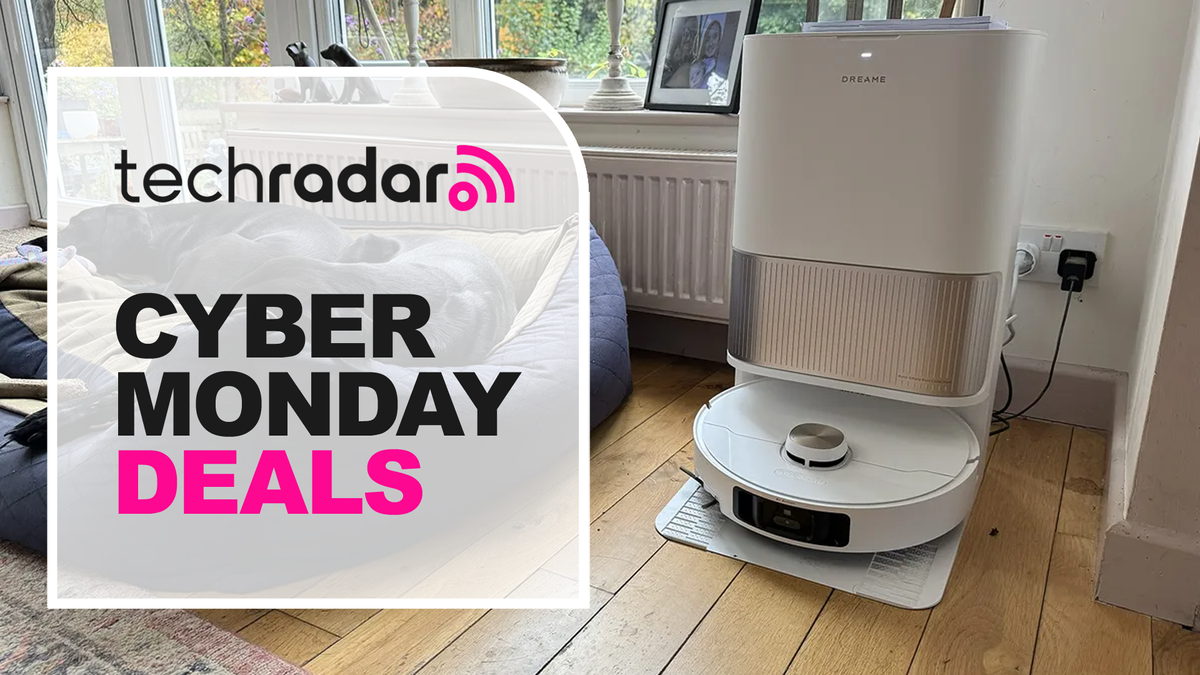It appears that memory will not be the only differentiator between AMD's RX 9060 XT 16GB and 8GB GPUs. According to VideoCardz, PowerColor is preparing certain RX 9060 XT models, where the 16GB variant features slightly higher clock speeds than its 8GB counterpart. While we checked models from other AIBs, most have not yet listed their frequencies, so we will likely need to wait until the embargo lifts to confirm wider adoption of this strategy.
AMD introduced the RX 9060 XT family of budget GPUs at Computex last month. Much like the RTX 5060 Ti family, AMD has segmented these GPUs into 8GB ($299) and 16GB ($349) models. Both GPUs are powered by the same Navi 48 core, with 2,048 Stream Processors or 32 Compute Units, with an advertised boost clock of 3.13 GHz. The GPUs are set to launch on June 5, with the review embargo likely lifting a day earlier, as typically seen.
Based on data secured by VideoCardz, PowerColor is preparing seven RX 9060 XT models across its Reaper and Hellhound designations. Specifically, the Reaper family shows the RX 9060 XT 16GB model with a 3.23 GHz boost clock and a 2.62 GHz game clock, compared to the 8GB model's 3.13 GHz boost and 2.53 GHz game clock. This 2-3% frequency delta, though minor, indicates that Reaper-based 8GB models will stick to reference clocks, rather than receiving a factory-overclocked boost like their 16GB siblings.
We don't anticipate a huge performance difference, but this could be a wider trend, as VideoCardz also spotted similar product differentiation from Yeston. That being said, PowerColor's Hellhound line is reported to equip both RX 9060 XT models with similar clock speeds (3.31 GHz Boost, 2.74 GHz Game), suggesting this practice will likely not be universal.
While both models employ the same silicon, factory overclocking requires further validation and testing, translating to increased costs for board partners. This is because every GPU needs to be vetted thoroughly to ensure no stability issues arise when these cards end up in the hands of consumers. A lot of these 8GB cards are probably earmarked for eSports cafés in the Asian market, which purchase GPUs in bulk. This can explain why AIBs are favoring reference clock speeds, for better operational stability and cost-effectiveness on their end.
Another plausible explanation may be that consumer demand or tight margins simply do not provide enough incentive to overclock a model, whose compute power is already bound by its VRAM capacity. You can always overclock your GPU manually for better performance. These factory-overclocked cards simply provide a slight boost to save you the effort.
Follow Tom's Hardware on Google News to get our up-to-date news, analysis, and reviews in your feeds. Make sure to click the Follow button.

 6 months ago
137
6 months ago
137








 English (US) ·
English (US) ·